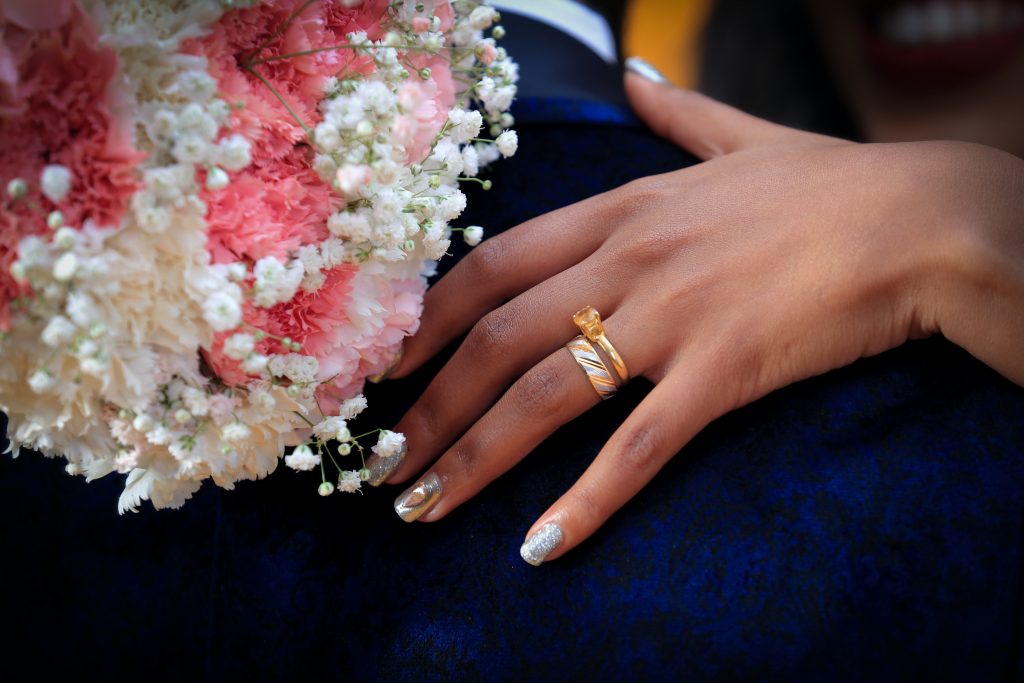Want an engagement ring that is as bright as the sun? Instead of opting for a yellow diamond, a citrine stone might just be the perfect choice.
The bright yellow or intense orange stone is a type of quartz and gets its colouring from traces of iron. The stone has been symbolic of the sun for centuries, and many associate it with health and happiness. Citrine was considered the ‘sun stone’ for years, and believed to hold sunlight and to be able to protect against snakebites, heartbreak and evil.
Citrine’s name is believed to have a number of sources that relate to citrus in ode to its colouring, including the French word ‘citron’ which means ‘lemon’.
Natural citrine can be found in the Ural Mountains of Russia and in Madagascar, while the majority of heat-treated citrine comes from Brazil.
Many confused citrine and topaz because of their similar colourings. However, they differ in that topaz is heavier and harder with a higher refractive index than citrine.
Citrine is the November birthstone and has good durability that makes it great for an engagement ring. It ranks a 7 out of 10 on the Mohs scale of hardness. However, it is still prone to scratching and damage, so wearers are advised to never wear two gemstones side by side. To clean it, simply use warm water, mild soap and a gentle brush.
Like a diamond, a citrine’s value is based on the Four Cs: colour, cut, clarity, and carat. The more saturated its colour, the more expensive the stone.
Feature image: Unsplash




















